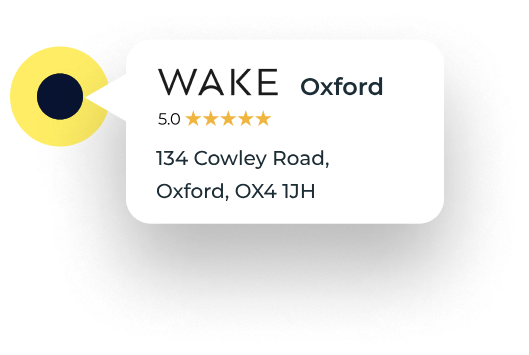Jeff Bezos has transformed Amazon into an e-commerce powerhouse.
And fair play to him – he’s not stopping there!
Now, he’s giving his patrons the opportunity to feed off his resounding success.
Amazon offers a raft of paid advertising options to sellers that help to leverage awareness of your brand and products, grow your reputation on Amazon and give your earnings a boost.
With a popular platform on which you can host your products and powerful advertising tools that enable you to reach a global-wide audience, why wouldn’t you be interested in Amazon Advertising?
Amazon Advertising Pay Per Click (PPC) campaigns give you the opportunity to grow product awareness, sell more products faster, and increase visibility on the platform.
However, you’re right to pause and find out what Amazon Advertising is all about and assess your options.
Amazon’s paid advertising is not as simple as it sounds.
First of all, you need some marketing know-how. Secondly, ad money can drain away pretty quickly – so you do not want to get your strategy wrong.
To help you avoid making common mistakes with Amazon’s paid advertising, we’ve put this article together to provide you with some valuable insights.
How do Amazon’s Paid Ads Work?
Amazon Advertising PPC ads work in much the same way as Google Adwords and paid ads on various social media networks.
Essentially, Amazon Advertising operates a bidding structure which rewards advertisers with more visibility. The bigger your budget, the more rewards you get.
This may not seem like a fair playing field for business owners with a limited budget, but the good news is PPC ads are not charged unless a customer clicks on the ad.
The other advantage of the bidding system is that advertisers have more control over how much you want to spend on Amazon advertising as opposed to having to pay a fixed amount for an advertising package.
Types of Amazon Advertising:
- Sponsored Product
- Sponsored Brands
- Sponsored Display
- DSP
How do Sponsored Products Work on Amazon?
Sponsored Products are the most lucrative way of taking advantage of Amazon’s storefront specialty.
Quite simply, the ad placement for these type of ads is positioned where they are most visible – at the top of product listings.
They also appear midway down the product pages of other vendors. Whilst this banner appears below the fold, it still gives advertisers a second chance to prompt customers to click-through.
Any type of business owner can take advantage of Sponsored Products. The only requirement is that your products are eligible for Amazon’s categories and Buy Box – which is everything except adult products, second-hand products and refurbished products.
Because sponsored products invite more customers to visit your online store, you not only enhance your chance to convert, you also have the opportunity to improve your organic listing.
In order to master Sponsored Products, you have to be bang on your strategy and understand the difference between automatic and manual campaigns, conduct extensive keyword research, know how to manage bids and optimise products for maximum profitability.
How do Sponsored Brand Ads Work on Amazon?
The Sponsored Brand tag has taken over the role of “headline search ads”. The only thing that has changed is the name.
As the former name suggested, these ads appear at the very top of the page just above the sponsored products section. They are the first thing a customer sees before they even start scrolling through the listings.
The beauty of Amazon’s Sponsored Brands is that they don’t only appear on product searches that have a direct keyword match. They also make an appearance for related searches.
Take the example below for instance. Here you can see HDMI cables appear on top of a search page for 4K TV’s:
The difference between Sponsored Products and Sponsored Brands is the latter will include your brand name and stand out – even against Sponsored Products.
In some cases, Sponsored Brands could outperform Sponsored Products.
How Do Display Ads Work when Advertising on Amazon?
Product display ads are also pay-per-click but work slightly differently to Sponsored Products and Sponsored Brands.
The format for display ads targets customer preferences and appear on third-party websites rather than inside the Amazon platform.
Ads target customers that show an interest in a product or a particular lifestyle. For example, readers that visit fitness sites will see display ads for products related to working out and keeping fit.
Display ads are ideal for vendors that sell products across various verticals or accessories for other products. An iPhone case, for example, would appear on mobile phone websites.
Although display ads target relevant customers, they do not appear in front of searchers with buyer intent.
That said, they are powerful tools for raising brand awareness and capturing an Internet-wide audience rather than Amazon-only customers.





